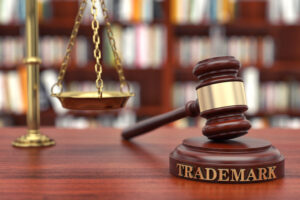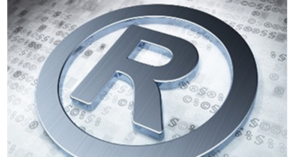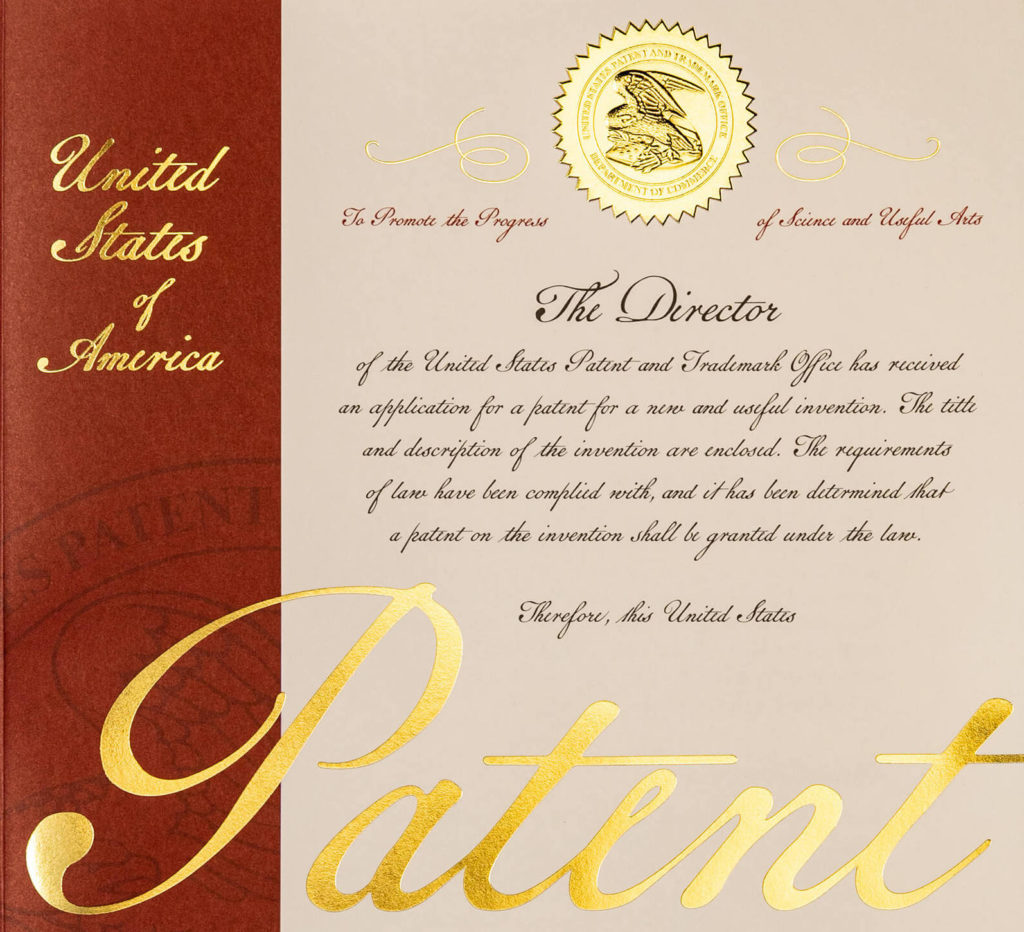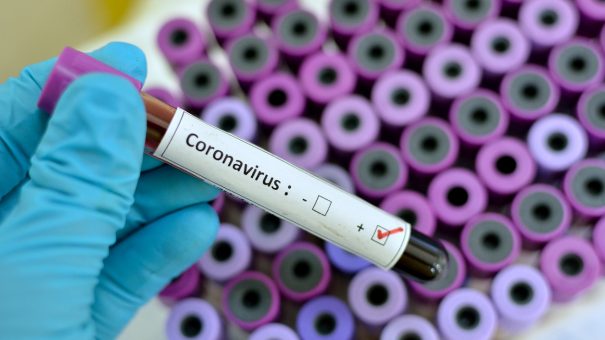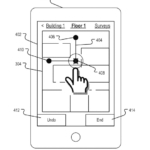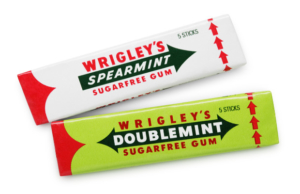Is a Design Patent a Viable Option?

Should you pursue a design patent or a utility patent? Or should you pursue both? Which is the best choice to protect your intellectual property? These are important questions that needs to be answered early on in the process. Many professionals believe a utility patent is the better option, but there are actually a number of advantages associated with holding a design patent.
What Exactly is a Design Patent?
Many professionals and companies opt for utility patents since they generally protect the technical aspects and use of specific forms of intellectual property. In contrast, design patents focus on protecting the “ornamental elements” and appearance of a functional item. Basically, a design patent will protect your product’s aesthetic appeal.
It is important to understand what you are getting into when pursuing a design patent. They are technically complex which means they are routinely difficult to properly file. Hence, it is in your best interest to retain the services of a respected patent lawyer.
Protections Afforded by a Design Patent
When you secure a design patent for your product, no other business can make, use, or sell a product that looks similar enough to your patented product that an “ordinary observer” might think it is your product. The “ordinary observer” standard is considered to be your average consumer, as opposed to an expert. This is important because it provides your intellectual property with strong legal protection. If you have a valid design patent and another product is infringing on your design, you have the ability to pursue damages and to have a court halt the sales of the knockoff.
If you want to see design patents being put into action, consider recent litigation filed by Oakley, Inc., Fitness Anywhere LLC, and other companies. According to Bloomberg Law, these U.S. companies are enforcing their design patent rights to take on knockoff products that are being sold online through Amazon, eBay, etc. They filed patent infringement lawsuits against a myriad of overseas importers alleging they are selling fake goods from China and other foreign countries.
Companies are turning to design patents to protect their brands and products largely because the sellers of fake goods have become more sophisticated and are shipping knockoffs without logos, which thereby increases the odds they avoid seizure at the border and make it more difficult for a legitimate company to file a trademark lawsuit.
Have Questions? Speak to an Experienced Patent Lawyer Today
If you are interested in pursuing a design patent, it is extremely important to submit the necessary paperwork and application materials to the U.S. Patent and Trademark Office in a timely manner. Hence, the services of a highly reputable patent attorney, such as the Omni Legal Group, is essential for a successful outcome. Our legal team works tirelessly to find the right intellectual property type to protect your invention. Whether you need a design patent, utility patent, or plant patent application, we will do what it takes to get the patent application approved as efficiently and effectively as possible. Omni Legal Group is a premier Patent, Trademark, and Copyright law firm with offices in Los Angeles, Santa Monica, and Beverly Hills. For further information or to schedule a consultation please contact Omni Legal Group at 855.433.2226 or visit www.OmniLegalGroup.com to learn more.
Read More
